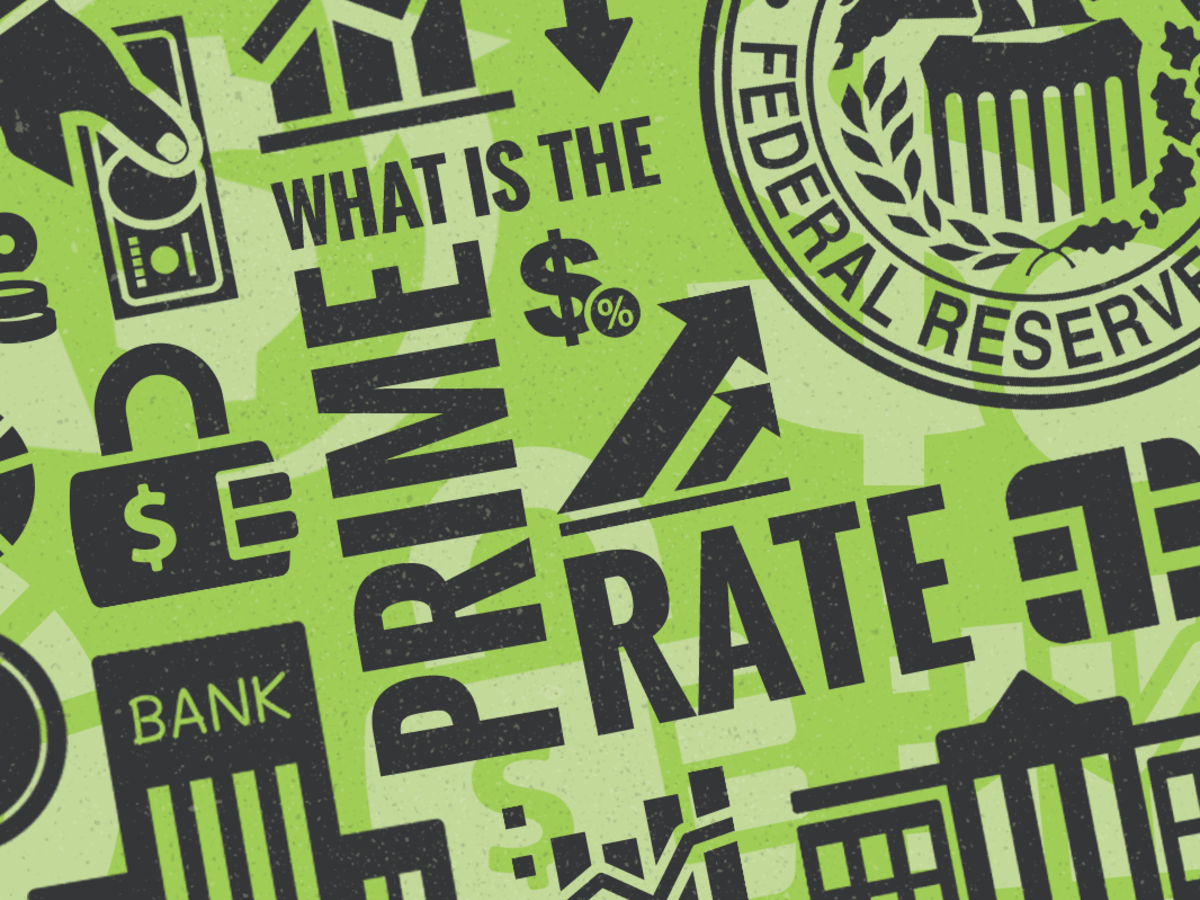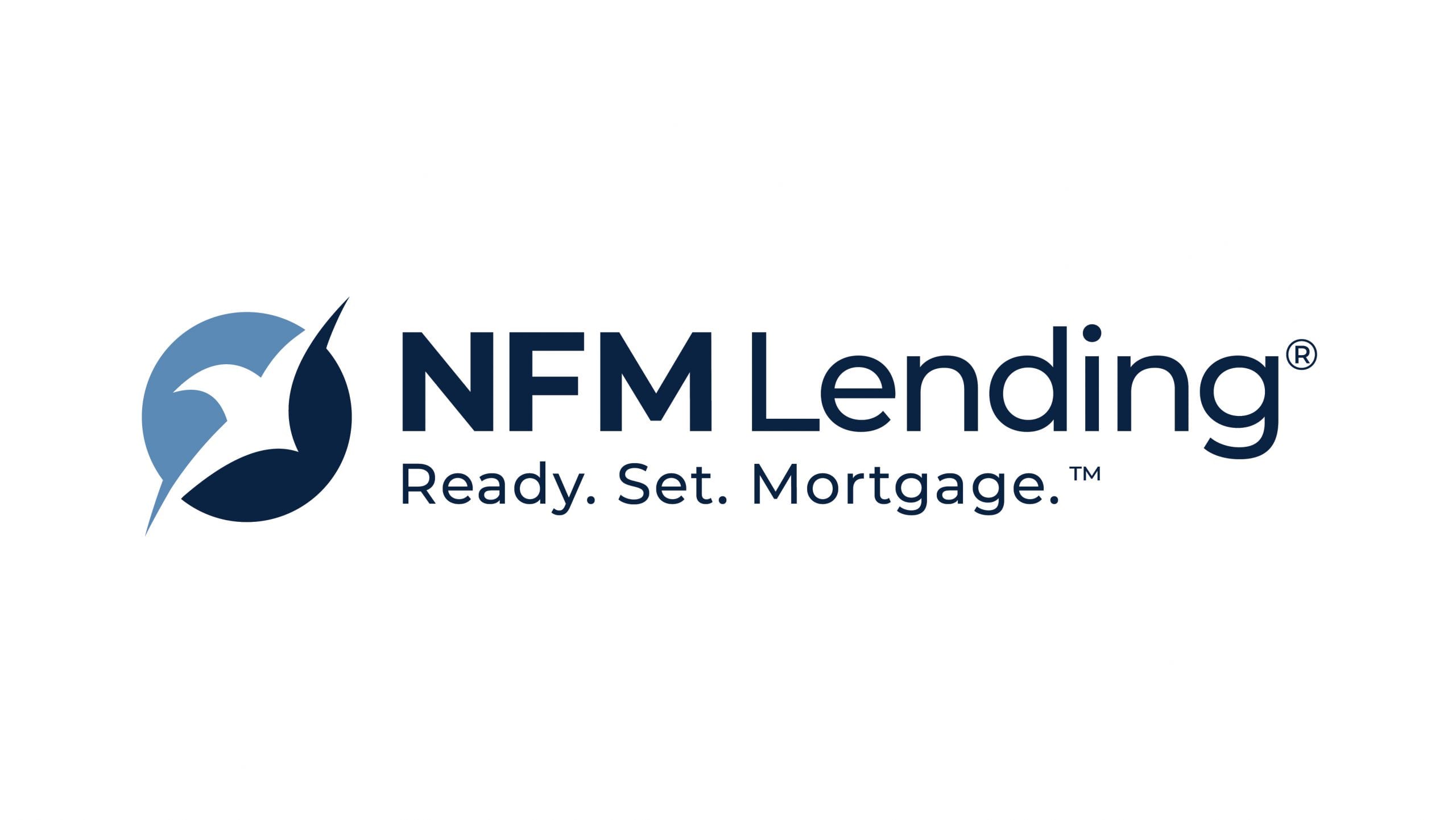Introduction
When it comes to financing a home, the world of mortgage lending can be complex and overwhelming for many buyers. From interest rates to closing costs, there are myriad factors to consider. One such factor is the concept of “points” in mortgage lending.
A mortgage is a loan provided by a lender to help buyers purchase a property. It consists of the principal amount borrowed, interest, and other fees. Points in mortgage lending refer to upfront fees that borrowers pay at the time of closing in exchange for a lower interest rate on their mortgage loan.
Understanding how points work and the options available can help buyers make informed decisions about their mortgage loans. In this article, we will explore the ins and outs of points in mortgage lending, their benefits, drawbacks, and when it might be appropriate to consider paying them.
As a borrower, it’s crucial to have a clear understanding of the financial implications of points in mortgage lending. This knowledge will allow you to navigate the mortgage process more confidently, ensuring you make decisions that align with your financial goals.
So, let’s dive deeper into the world of mortgage lending points and uncover how this concept can impact your home-buying journey.
What is a mortgage?
Before we delve into the details of points in mortgage lending, it’s important to understand the basic concept of a mortgage. A mortgage is a loan specifically designed for purchasing real estate, such as a home or commercial property.
When an individual or a couple wants to buy a property but doesn’t have the full purchase price in cash, they turn to a mortgage lender for financial assistance. The lender provides the borrower with a loan that covers a significant portion of the property’s value.
The mortgage loan is then repaid over time, typically through monthly installments, which include both principal and interest payments. The interest rate determines the amount the borrower pays the lender for lending them the money. This rate is influenced by various factors, such as the borrower’s creditworthiness, prevailing market rates, and the type of mortgage loan chosen.
Overall, a mortgage is a financial tool that allows individuals and families to become homeowners without having to pay the full purchase price upfront. It’s an agreement between the borrower and the lender, outlining the terms and conditions for the loan.
Now that we have a clear understanding of what a mortgage is, let’s move on to exploring the concept of points in mortgage lending and how it can impact the overall cost of a mortgage loan.
What is a point in mortgage lending?
A point in mortgage lending refers to an upfront fee paid by the borrower to the lender at the time of closing in exchange for a reduced interest rate on their mortgage loan. Each point typically equals 1% of the total loan amount.
When you pay points on a mortgage, you are essentially prepaying a portion of the interest that you would have paid over the life of the loan. This upfront payment reduces the lender’s risk and allows them to offer a lower interest rate on the loan.
For example, let’s say you are buying a house for $200,000 and you have secured a mortgage loan at an interest rate of 4%. If you decide to pay one point on the loan, which is equal to 1% of the loan amount ($2,000), the lender may lower the interest rate to 3.75% as a result.
It’s important to note that points are optional, and whether or not you choose to pay them depends on your individual financial situation and long-term goals. They can be paid by either the buyer or the seller, and in some cases, points can even be split between the two parties.
Now that we understand what a point is in mortgage lending, let’s explore how points work and their implications for borrowers.
How do points work in mortgage lending?
Points work by allowing borrowers to pay an upfront fee to reduce their mortgage interest rate. Typically, each point paid results in a reduction of 0.25% on the interest rate. However, it’s important to note that the specific impact of points on the interest rate can vary depending on the lender and the terms of the loan.
Let’s continue with our previous example of a $200,000 mortgage loan with an interest rate of 4%. If you decide to pay one point, which is equal to $2,000, the lender may offer you a reduced interest rate of 3.75%. By doing so, you are essentially buying down the interest rate on your loan.
When paying points, borrowers have the flexibility to choose between “discount points” and “origination points.”
- Discount Points: Discount points are a way to lower the interest rate on your mortgage loan. Each discount point you pay typically reduces the interest rate by 0.25%. This could result in significant long-term savings by reducing the overall interest paid over the life of the loan.
- Origination Points: Origination points are fees charged by the lender to cover the cost of processing the loan. They are separate from discount points and do not affect the interest rate.
It’s important to carefully consider the impact of paying points on your mortgage loan. While it can result in a lower interest rate and potential long-term savings, it’s essential to evaluate whether the upfront cost of points aligns with your financial goals and how long it would take for the interest savings to offset the initial expense.
Now that we understand how points work in mortgage lending, let’s explore the different types of points that borrowers may encounter.
Types of points in mortgage lending
When it comes to points in mortgage lending, there are two primary types that borrowers may encounter: discount points and origination points.
1. Discount Points: Discount points are a way for borrowers to reduce their mortgage interest rate. Each discount point paid typically results in a 0.25% reduction in the interest rate. These points are essentially prepaid interest and are often tax-deductible. The more discount points paid, the lower the interest rate will be on the loan. It’s important to weigh the upfront cost of discount points against the long-term savings from a lower interest rate to determine if paying points is financially beneficial for your specific situation.
2. Origination Points: Origination points are fees charged by the lender to cover the cost of processing the mortgage loan. Unlike discount points, origination points do not directly impact the interest rate. They are typically expressed as a percentage of the total loan amount. Origination points are separate from other closing costs, such as appraisal fees, title fees, and attorney fees. It’s essential to understand the breakdown of all fees and points associated with your loan to make an informed decision about their potential impact on your overall mortgage costs.
Both discount points and origination points are negotiable between the borrower and the lender. Be sure to carefully review the loan estimate and discuss any points or fees with your mortgage lender. By understanding the different types of points and their implications, you can make educated decisions about whether paying points is the right choice for your mortgage loan.
Now that we’ve covered the types of points in mortgage lending, let’s explore the benefits and drawbacks associated with paying points.
Benefits of paying points in mortgage lending
While paying points in mortgage lending may involve an upfront cost, there are several potential benefits that borrowers should consider:
1. Lower Interest Rate: The primary benefit of paying points is the ability to secure a lower interest rate on your mortgage loan. Each point paid typically results in a 0.25% reduction in the interest rate. Over the life of the loan, this can lead to significant savings in interest payments, potentially saving you thousands of dollars.
2. Reduced Monthly Payments: With a lower interest rate, your monthly mortgage payments will be lower. This can provide more financial flexibility and potentially make homeownership more affordable. The savings on monthly payments can be used for other essential expenses or to invest in your financial goals.
3. Long-term Savings: While paying points involves an upfront cost, the long-term savings from a reduced interest rate can outweigh the initial expense. If you plan to stay in your home for a significant period, paying points can result in substantial savings over time.
4. Tax Deductibility: In certain cases, discount points paid on a mortgage loan may be tax-deductible. This can provide additional financial benefits for qualified borrowers. Be sure to consult with a tax professional to understand the specific eligibility criteria and potential tax advantages.
It’s important to note that the benefits of paying points will vary depending on factors such as the loan amount, interest rate, and how long you plan to stay in the home. It’s crucial to carefully evaluate your financial situation and run the numbers to determine if paying points aligns with your goals and if the potential savings outweigh the upfront cost.
Now that we’ve explored the benefits of paying points in mortgage lending, let’s examine the potential drawbacks of this approach.
Drawbacks of paying points in mortgage lending
While there are potential benefits to paying points in mortgage lending, it’s essential to consider the drawbacks as well. Here are some drawbacks to be aware of:
1. Upfront Cost: The main drawback of paying points is the upfront cost. Each point typically equals 1% of the loan amount, which can result in a significant sum of money. This upfront expense may not be feasible for everyone, especially for borrowers who are tight on cash or have other pressing financial priorities.
2. Break-even Point: Paying points involves a calculation known as the “break-even point.” This refers to the point at which the savings from the lower interest rate offset the upfront cost of the points. If you plan to sell or refinance your home before reaching the break-even point, paying points may not be financially advantageous.
3. Opportunity Cost: By paying points upfront, you are essentially tying up your money in the form of prepaid interest. This means that you may have less available cash for other expenses or investments. It’s essential to consider the opportunity cost of paying points and evaluate whether there are better ways to utilize your funds for higher returns or to address more immediate financial needs.
4. Uncertain Future: The decision to pay points is based on future assumptions about interest rates and how long you will stay in the home. If interest rates decrease significantly in the future or if you unexpectedly need to move, the benefits of paying points may not be as significant as initially anticipated.
It’s crucial to carefully evaluate your financial situation, long-term plans, and the associated costs and benefits before deciding to pay points. Consider working with a mortgage professional who can help you assess your options and determine what makes the most sense for your specific circumstances.
Now that we’ve explored the potential drawbacks of paying points in mortgage lending, let’s discuss when it might be appropriate to consider paying points.
When should you consider paying points in mortgage lending?
Deciding whether or not to pay points in mortgage lending depends on various factors, including your financial goals, the length of time you plan to stay in the home, and your budget. Here are some situations where it may be appropriate to consider paying points:
1. Long-Term Homeownership: If you plan to stay in the home for a significant period, paying points can result in long-term savings. The longer you stay in the home, the more time there is for the reduced interest rate to offset the upfront cost of the points.
2. Cash Availability: If you have extra cash available and are willing to allocate it towards the mortgage, paying points can be a wise decision. However, it’s important to ensure that paying points won’t deplete your savings or hinder your ability to meet other financial obligations.
3. Low Credit Score: If you have a lower credit score, paying points can help offset the higher interest rate you may be charged due to the increased risk associated with your credit profile. By paying points, you can potentially secure a more affordable interest rate and save on interest costs over the life of the loan.
4. Future Interest Rate Expectations: If you anticipate that interest rates will rise in the future, paying points upfront can lock in a lower interest rate for your mortgage loan. This can provide protection against potential rate increases and potentially save you money over time.
5. Tax Deductibility: In some cases, discount points paid on a mortgage loan can be tax-deductible. If you qualify for this deduction, it can provide additional financial incentives to pay points.
Ultimately, the decision to pay points should be based on a careful analysis of your financial situation, long-term plans, and your priorities. Each borrower’s circumstances are unique, so it’s important to consider the potential benefits and drawbacks and weigh them against your specific goals and needs.
Now that we have explored when it may be appropriate to consider paying points in mortgage lending, let’s conclude our discussion.
Conclusion
Points in mortgage lending can be a valuable tool for borrowers looking to optimize their mortgage loans. By paying points upfront, borrowers have the opportunity to reduce their interest rate, potentially leading to long-term savings. However, it’s important to carefully evaluate the benefits and drawbacks before deciding to pay points.
Consider factors such as your financial goals, the length of time you plan to stay in the home, and your budget. If you have extra cash available and anticipate a significant period of homeownership, paying points can be financially advantageous. It can result in a lower interest rate, reduced monthly payments, and potential long-term savings.
On the other hand, paying points involves an upfront cost, which may not be feasible for everyone. It’s important to consider the break-even point and assess whether the savings on interest payments outweigh the initial expense. Additionally, the decision to pay points should be based on future assumptions about interest rates and your specific circumstances.
Remember to consult with a mortgage professional who can provide personalized advice tailored to your situation. They can help you analyze the financial implications of paying points and assess whether it aligns with your overall financial goals.
Overall, understanding points in mortgage lending empowers borrowers to make informed decisions about their mortgage loans. By weighing the potential benefits and drawbacks, you can navigate the mortgage process with confidence and secure a loan that aligns with your financial needs and long-term plans.

























